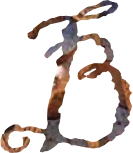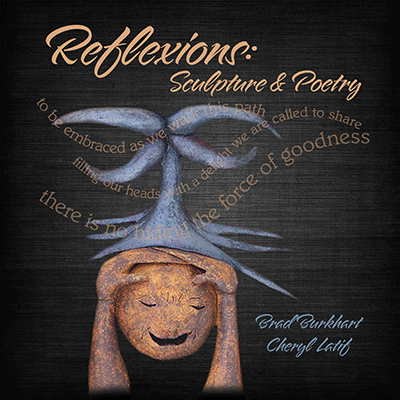At the end of October and the beginning of November, we enter the mid-point between the Fall Equinox, when our days start to get shorter than our nights, until the longest night of the year on December 21st. This transition is much more dramatized under Daylight Saving Time, which will end this weekend on November 5th.
For most of us, this darkening period of the year feels inherently scary, as we are naturally afraid of the dark. In many cultures, it is also associated with the already dead or the fear of our own death.
The piece I have chosen to look at this month, Nocturnal Parsing of the Incubus, has a nightmarish quality I thought would help us reflect on our relationship to fear and darkness.
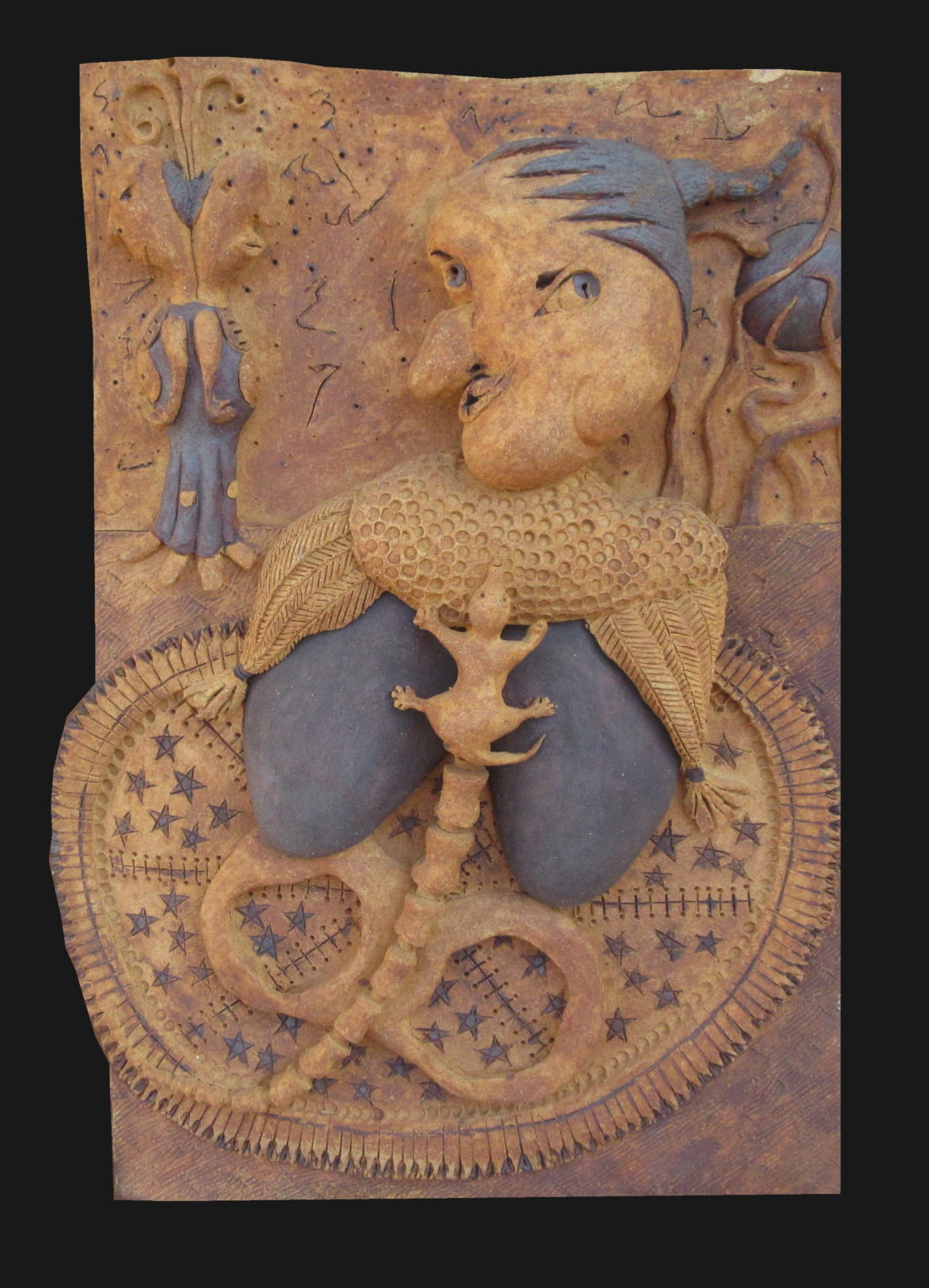
Nocturnal Parsing of the Incubus
Perhaps our fear of the night derives from losing conscious control over ourselves when we are asleep at night and unaware of what’s happening in the waking world. Uncontrolled dreams and nightmares can occur and wake us abruptly from sleep in a fear that can linger for days after.
In Medieval Europe at this time of year, the Celts celebrated Samhain, when the dead returned to haunt the living and even predict their survival in the next year. On this night, they believed the boundary between the worlds of the living and the dead became blurred.
Similar traditions have also existed in Americas, and Mexican families today celebrate the festival of The Day of the Dead at this time by setting up altars to dead relatives in their homes, paying tribute at their graves, and believing that they can communicate with their ancestors at this time.
Nocturnal Parsing of the Incubus gets its name from a malevolent, male spirit said to have intercourse with women against their will as they sleep. (The feminine counterpart is the succubus.) The word “parsing” means to break down into parts to better understand the structure of something, as in the parsing of a sentence into its grammatical parts. So let’s dig further to understand the imagery.
Because the central figure in this sculpture bears little likeness to most depictions of incubi, I researched further, and found a figure from Southeast Asia called the Krasue, which appears more similar to the main image in this piece. The Krasue is a half mortal, half spirit woman under a curse that makes her ever-hungry.
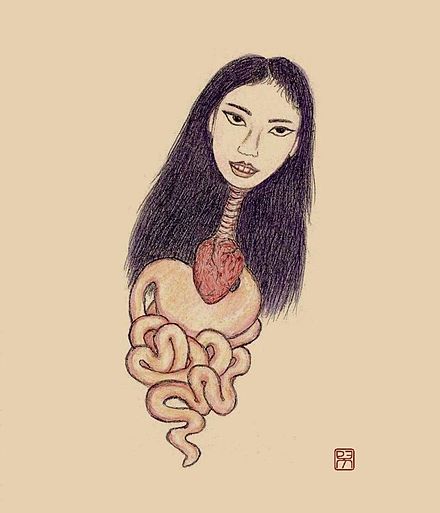
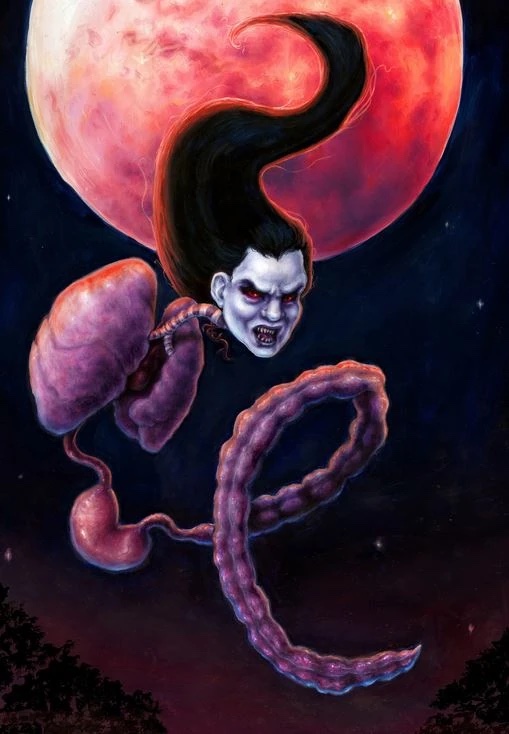
During the day, she looks like a normal human, but at night, she leaves her mortal body to go out hunting for blood to drink and raw flesh to devour to satisfy her gluttony. The Krasue is believed to feast on smelly things like blood, raw meat, farm animals, corpses, feces, placentas, newborns, etc. Similar to the figure in the sculpture, her spirit form has lost all of her body parts except the lungs and digestive organs.
The conjoined twins in the upper left of the piece seem to reinforce this theme of the dual natures of our lives: darkness-fear-unconscious-
Halloween and the Day of the Dead both transform this time of year when our fear of death and darkness becomes accentuated. These holidays give us a way to imagine a constructive future for ourselves, with celebrations designed to remind us that we can take counsel from the dead and face positively into the dark.
I wish you great courage to parse the darkness in your life and the insight to transform it into something constructive.

